Saturday Shoutout / Vise Grip
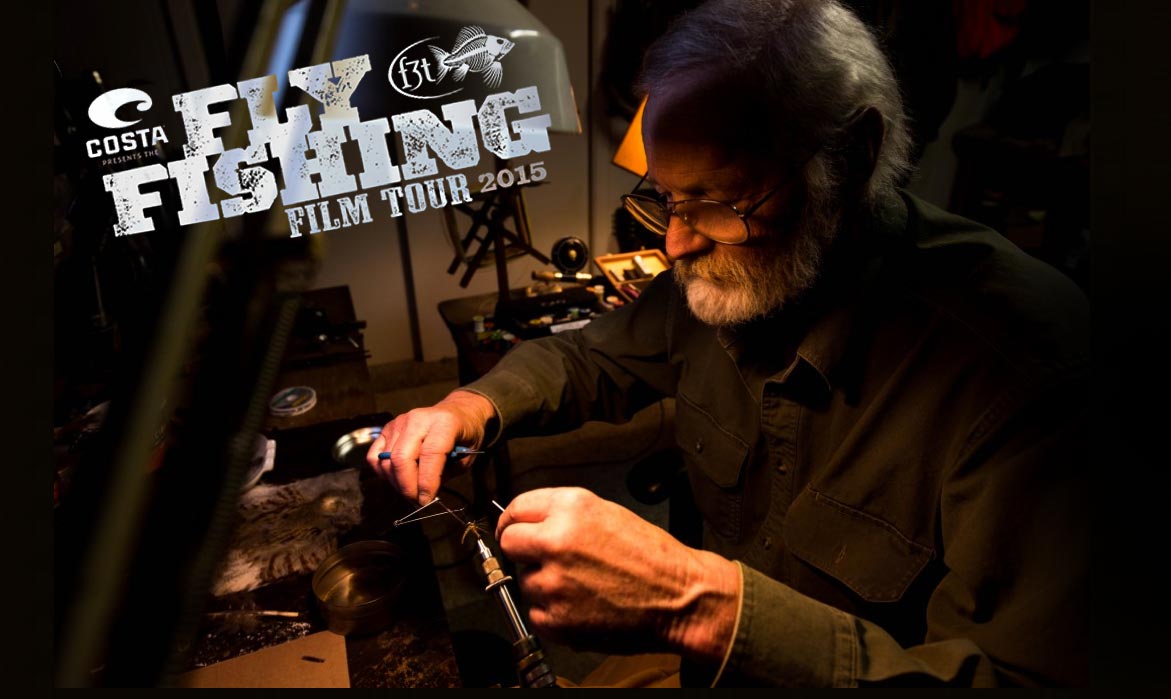
The words and wisdom of John Gierach brought to you by the folks at F3T
I never grow tired of John Gierach’s voice in my head. His writing is so earnest that, when I read it, I can see him across the table, a cup of coffee between his hands. In this great piece, written for Stonefly Magazine and published on the F3T blog, John talks about flies, fly tying and traveling to fish. But, as always, there more to the story.
“The burning question is whether there’s even such a thing as the “right” fly. During a flavilinea hatch, it’s nice to have a pattern that exactly matches the size, color, and silhouette of the naturals, but it’s even better to get an accurate cast and a flawless drift, even if you’re using a Parachute Adams that’s a size too big.”
Check out, Vise Grip: Fly Tying and Travel With John Gierach.
Read More »The Nautilus Silver King, An Apex Predator
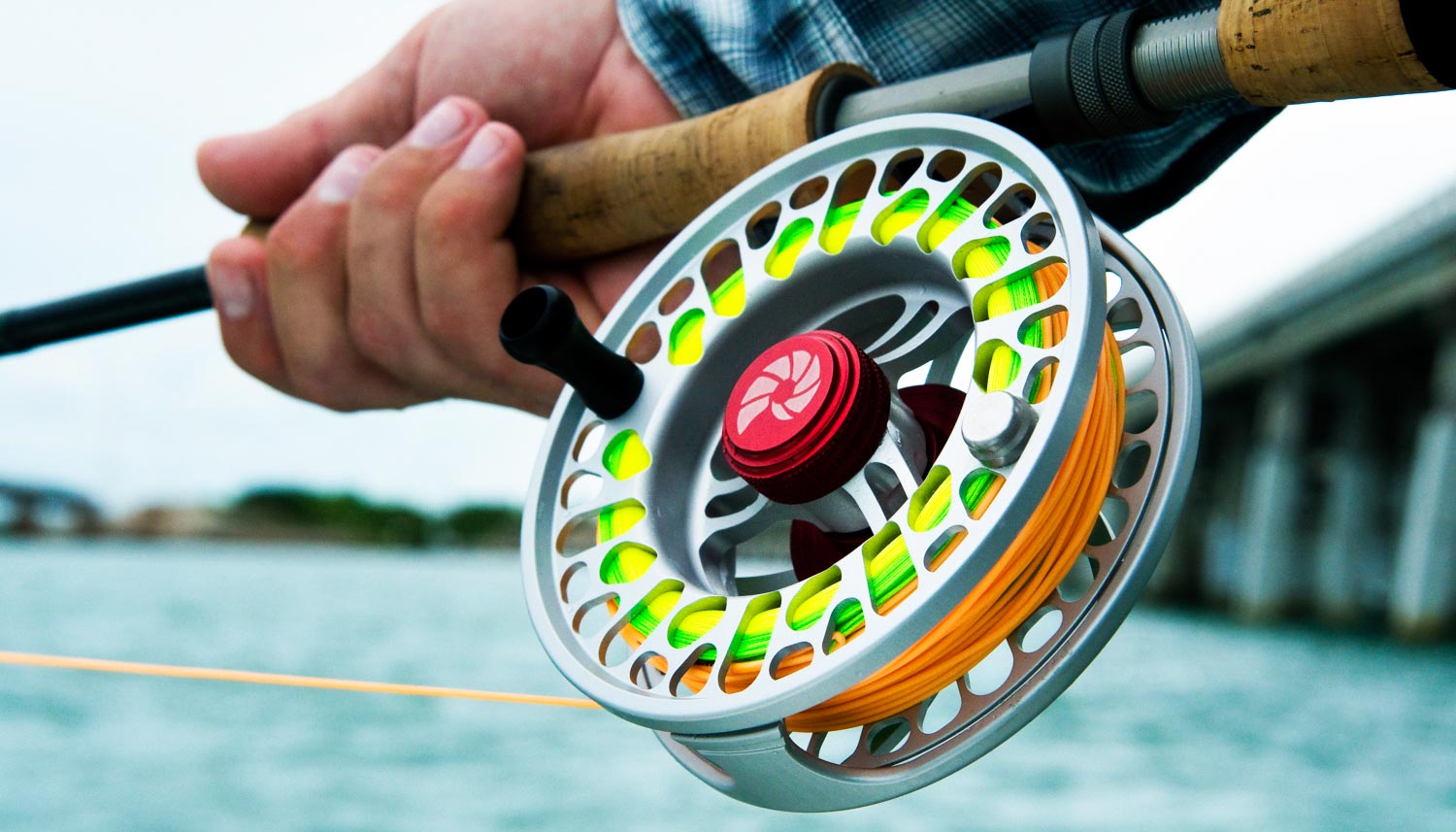
We put the Nautilus Silver King fly reel in a head-to-head comparison with the Hatch Finatic. The results were dramatic.
I was lucky enough to catch the palolo worm hatch in the Florida Keys this year. If you’ve never witnessed 10,000 adult tarpon in a full-blown feeding frenzy, you should mark it on your calendar. It’s straight from the pages of National Geographic and your best bet to hook up a ridiculous number of huge tarpon. It was the perfect opportunity to put the new Nautilus Silver King big game fly reel to a drag torturing test.
THE SILVER KING IS THE LATEST EVOLUTION OF THE NAUTILUS CCFX2 FAMILY.
It uses the new Dual Action drag system created for the CCFX2 line, which offers over 20 lbs of drag with virtually no startup inertia. I have watched this drag assembly put together and can tell you first hand that it is an amazing piece of engineering. The attention to detail is remarkable. Kristen Mustad has left nothing to chance here.
The reel itself is elegant. A slim XXL arbor spool holds a twelve weight fly line and 250 yards of backing. It picks up a full 14 inches of line with every turn. You’ll always be tight to the fish with that on your side. The drag adjustment is twice the diameter of the NV series reels and takes 6 1/2 turns from minimum to maximum, making it safe to tighten on a running fish.
Perhaps the most remarkable thing about the Silver King is the weight. Or lack of it. At 9.1 ounces it’s the lightest 5″ diameter reel on the market. That’s huge. I’m always shocked at how anglers will obsess about the weight of a fly rod, then fit it with a brick for a reel. The lightness of the Silver King is an upgrade to the whole system.
HERE’S WHAT HAPPENED WHEN THE GOING GOT TOUGH.
Read More »Fly Fishing with Stealth – 8 Common Mistakes
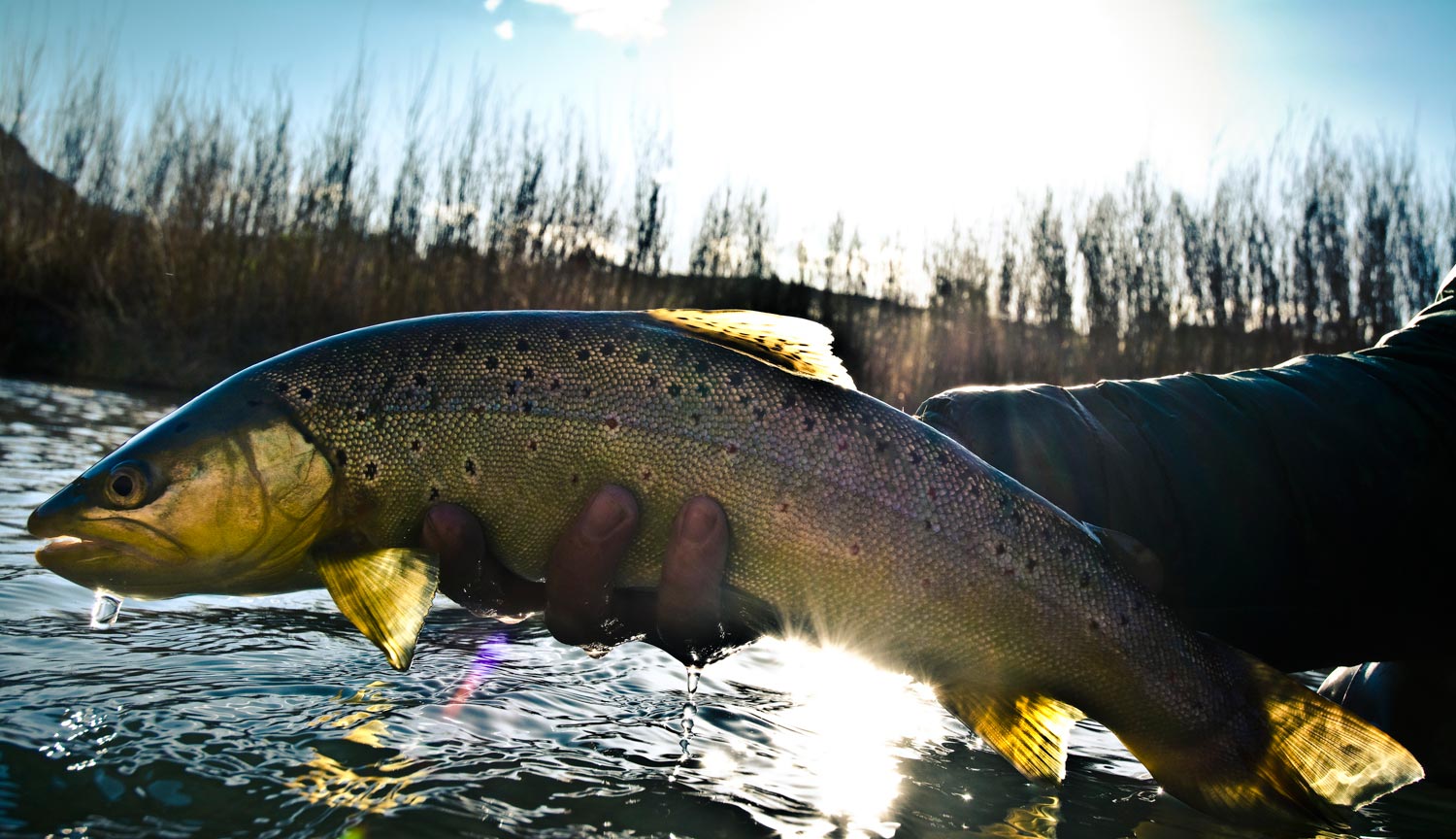
How often to you think anglers miss opportunities catching trout because of the lack of stealth? The more educated trout populations are in a stream, river or lake you’re fly fishing, the more important it is for fly anglers to mimic the way a hunter stalks game in the field. I estimate that I give away upwards of 50% of my trout catching opportunities due to my lack of stealth. Below are 8 common mistakes fly anglers make on the water that blow their cover and success.
Read More »Sunday Classic / How Not To Learn Bonefishing
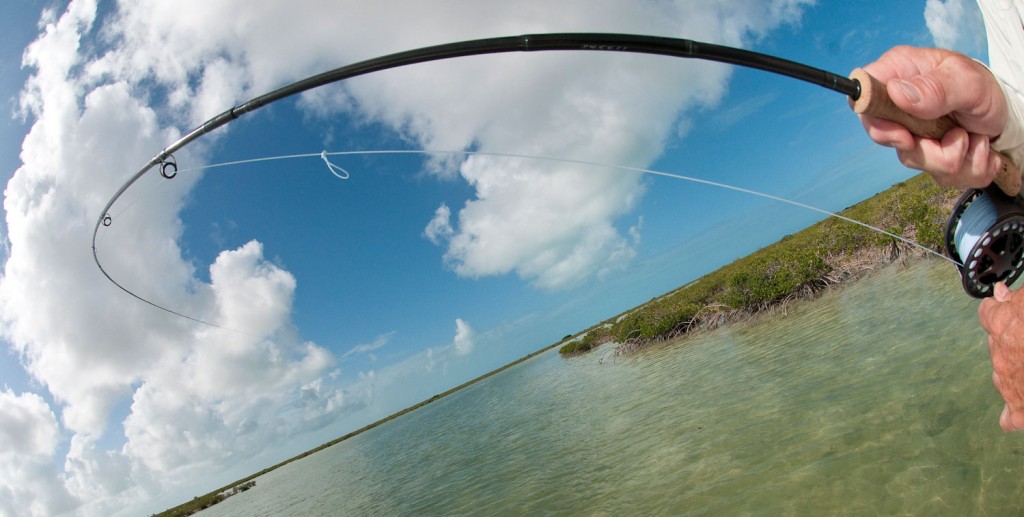
FLOAT TO THE BAHAMAS ON A 55 GALLON DRUM AND SAVE THE AIR FARE BUT HIRE A GOOD GUIDE EVERY DAY!
My buddy Brad went to the Bahamas for bonefish recently. I loaned him a rod, reel some leaders and a box of my favorite bonefish patterns. It was his first trip to the salt and when he got home the stories brought back memories.
Brad is a great angler. He guides for trout and when it comes to working a tough fish with a tiny dry fly he’s the man but salt water is a totally different game and, like all of us, he ran up against the learning curve pretty quickly. He came home from the trip with a photo of himself holding a nice bone and that’s better than I did on my first salt water trip so I’m not dogging my friend here but I’m going to tell you where he went right and where he went wrong.
Brad took some advice I gave him and that was a good start. First off he went to the Bahamas. There’s a lot to learn for the beginning bonefish angler and much of it is retraining muscle memory. Developing a good strip set for example. The only way you learn to strip set is by feeding fish. “Those crazy ass fish run every which way!” Brad told me. That’s true, and you only learn how to lead moving fish by getting shots at moving fish. Simply put, in the Bahamas you get a lot more shots and you feed a lot more fish.
The first way he went wrong was
Read More »Saturday Shoutout / Carpocalypse
![]()
By Dan Frasier
ON THE 13TH OF JUNE 2015, ALSO KNOWN AS TODAY, COSTA, SCIENTIFIC ANGLER, CARPPRO AND THE ORVIS PORTLAND STORE HAVE TEAMED UP TO HOST A THE WORLD’S LARGEST ONLINE CARP ON THE FLY TOURNAMENT.
There is an obsession amongst carp on the fly anglers, possibly an unhealthy obsession, with introducing more and more flyfishermen to what we consider the pinnacle of flyfishing. I’m not sure why this is. It could be a way to try to justify our obsession with what has been considered an unworthy fish.
You see, we know if you try it you’ll realize they are the most challenging target in fresh water and stop teasing us for fishing for trash fish. Or perhaps we altruistically believe we’ve found one of the most entertaining ways to spend a day on the water and want you to share the joy too. Or maybe we think if the mighty carp becomes more accepted as a target, more people living in more places will pick up the flyrod for the first time, and we can grow the tent of the sport we love so dearly.
Regardless of the reason, carp flyfishermen are hell bent on getting our fish educated by others, our spots filled up with new fishermen and our flats crowded. If it seems a little insane, it probably is. We are full-grown adults that choose to chase carp with a flyrod, after all.
One of the outgrowths of all of this outreach by the carp community is the creation of many carp on the fly tournaments around the country. Dozens of places host major events with live music, food, beer, and great prizes, for anglers who chase carp. Sponsors have lined up, and continue to line up to support these events and in most ways they’ve been a resounding success.
The big drawback is that a fisherman must be able to travel to the location hosting the event. Often that entails the ability to take an entire weekend away from the family, find a place to stay and have some idea about the water they’ll be on. That’s a tall order for most and not a very good way to bring casual anglers into the fray. Only the most devoted fishermen have the ability to put in that kind of time for a carp tourney. And even if you wanted to, you have to be local.
ON THE 13TH OF JUNE ALL THAT IS ABOUT TO CHANGE.
Read More »Fly Casting Problems Are Sneaky

IF THERE IS A PROBLEM WITH YOUR FLY CAST IT’S PROBABLY HAPPENING BEHIND YOUR BACK.
Do you know what your loop is doing when you’re not looking? It could very well be mucking up your forward cast. Tailing loops, collapsing lines and fizzling forward casts can all be the result of a poor back cast. There are definitely fishing situations when watching your back cast is not an option, but if you’re having issues with your cast it’s a good idea to keep an eye on what’s going on behind your back.
The fly cast is symmetrical. I say that so often I hear it in my sleep. The back cast is identical to, and just as important as, the forward cast. If it is not performed properly, the forward cast doesn’t have a chance. Asymmetric casts are one of the most common problems in fly fishing.
Tailing loops, for example, are very often caused by creep. That’s when you start your forward cast before your line straightens out fully behind you. Taking a longer pause on you back cast will solve the problem. Casts which fizzle out or fall apart usually start their life in the back cast. If your rod tip isn’t stopping clean, or high enough you will have a huge sloppy loop in your back cast. That kind of loop just won’t load your rod and nothing you do in your forward cast will change that.
The good news is that these are problems you can fix very quickly. Maybe even immediately.
When your cast is in trouble
Read More »Fly Fishing, Always Have a Plan B
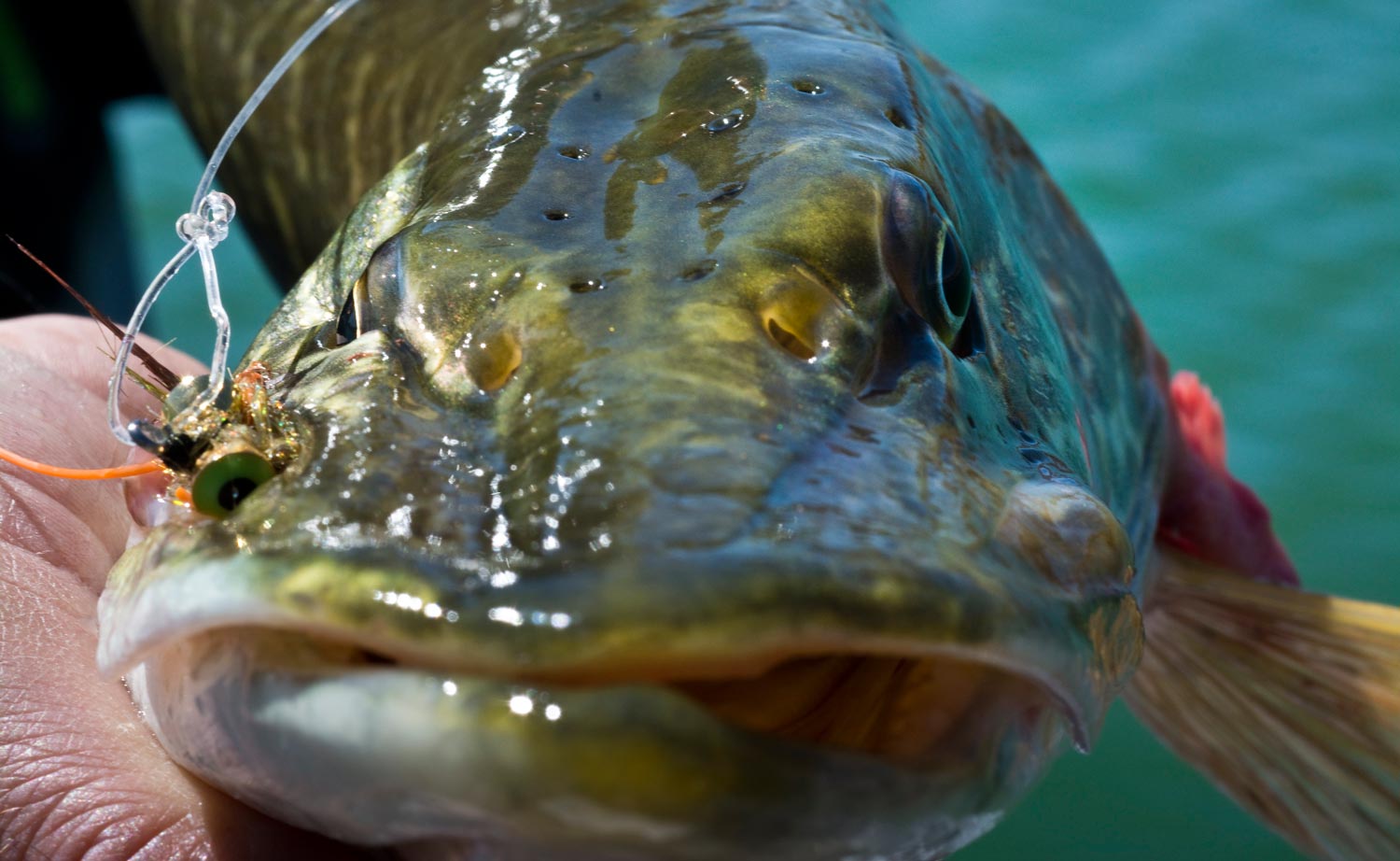
Just about every fisherman out there is probably familiar with the saying, “never leave fish to find fish”. I live religiously by this common sense fishing advice. It’s saved my butt many days on the water guiding, and keeps me from straying away from productive water when I find myself being drawn away to fish other spots upstream that look great. Always remember that fly fishing is full of hot periods and cold periods of catching. So when fishing it’s hot, you want to capitalize on it as much as you can before it goes cold. Sometimes it can be hot fishing for several hours, while other times you may only have one hour of hot fishing, such as when a hatch is in progress. Quite often anglers can have more success sticking around fishing one area throughly, when it’s producing, than fishing a bunch of spots partially. Every stream is different of course, but it’s generally safe to say that some sections of water always will be fishing better than others througout the course of a day. A fly fishers job is to determine where those hot sections of the water are and fish them.
Read More »Sunday Classic / Be Stealthy Like Czech Nymphers
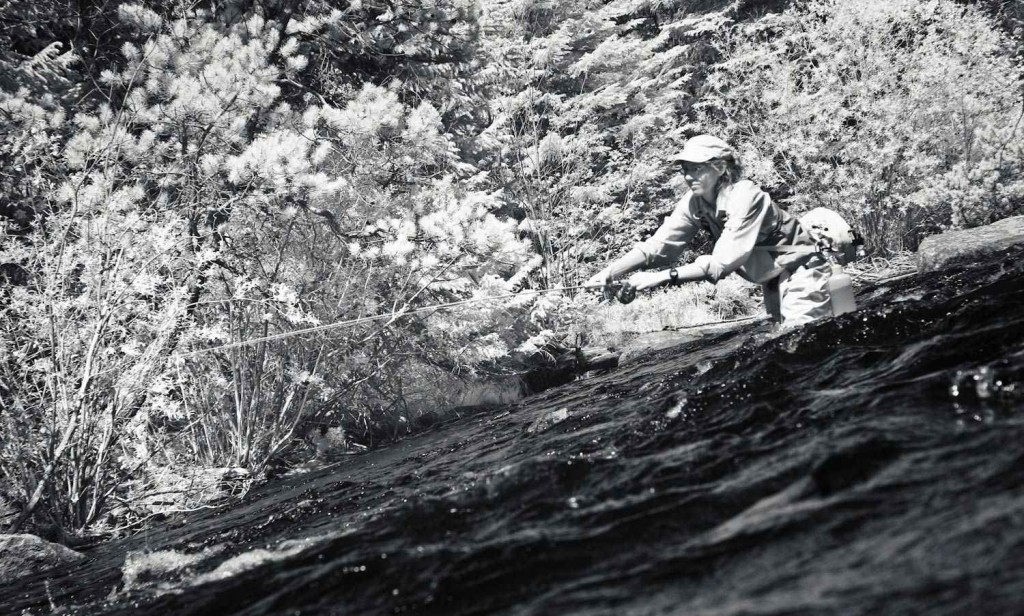
I’m not afraid to admit I’m not a big fan of Czech nymphing.
I’m not an aficionado of the popular three-fly nymph rig either. It’s not the right rig for fly anglers that lack discipline or are daydreaming fly casters. Furthermore, a freshly tied rig can become a birds nest instantly, simply by a landed fish, rolling in the net. That being said, I’m not saying Czech nymphing doesn’t work, it undoubtedly has it’s place in trout fishing, and can be highly effective at times, it’s just not my first choice.
Here’s what I’ll admit and also highly respect about the die hard Czech nymph fisherman out there. Most are very good at approaching fishing holes with complete stealth so they don’t spook fish. They take the time to think out their approach before casting, making sure they’re positioned perfectly so they can execute the best presentation and drift with their flies. Why do they do this you ask? Because success in czech nymphing
Read More »Saturday Shoutout / Unsalted
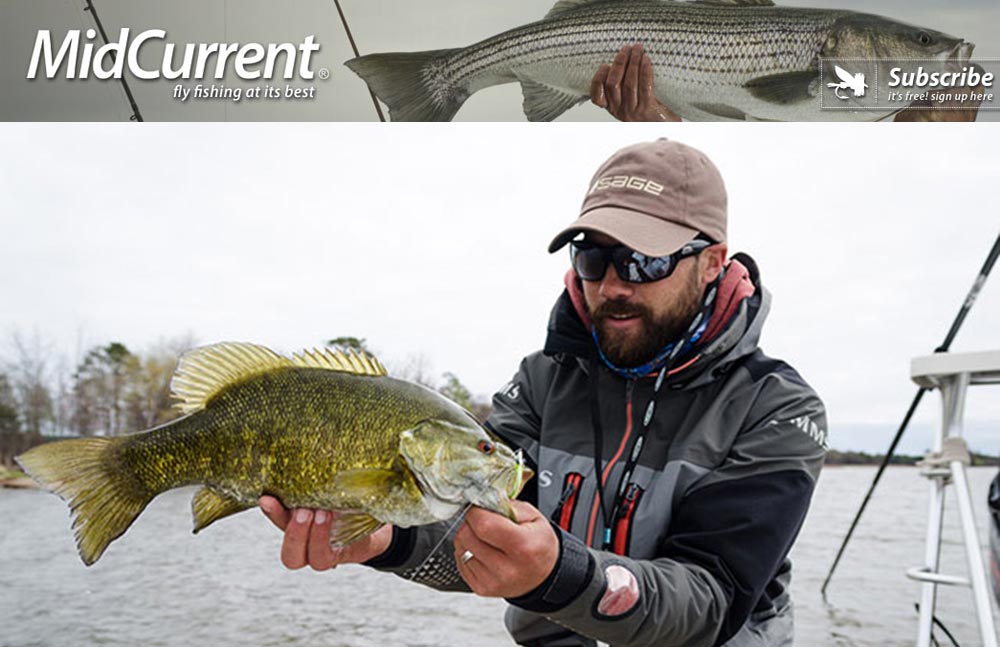
THIS WEEK TOM HAZELTON, VIA MIDCURRENT, TELLS A TALE OF FLATS BOATS AND FLY RODS ON LAKE SUPERIOR.
Tom’s on to something. I don’t know why more folk aren’t fishing lakes with flats boats. I done it a few times and it just makes sense. This trip sounds amazing. Tough small mouth and beautiful water. I need to try it.
MIDCURRENT: UNSALTED
Read More »Ready Position Video
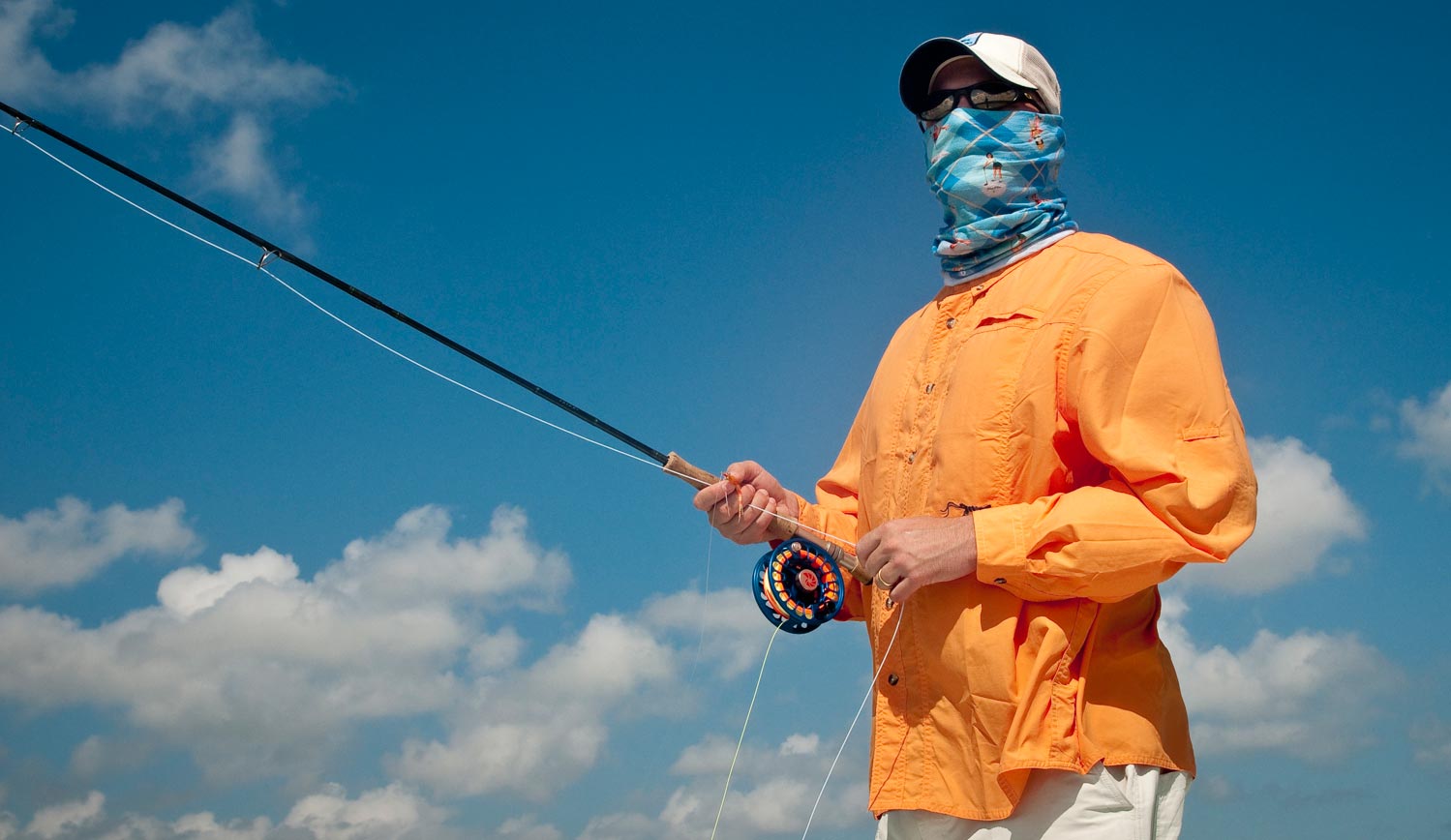
The ready position is the most fundamental skill in saltwater fly fishing.
Saltwater fly fishing has been described as, “long periods of boredom punctuated by brief periods of panic.” That can certainly be true. I personally never find it boring and with a good ready position you can cut way back on the panic.
I don’t know who came up with the idea of the ready position, but they were brilliant. This one simple idea eliminates at least half of the things that can go wrong in flats fishing. You usually spend most of your time hunting fish and when you find them things happen quickly. Bringing fish to hand depends on making a good presentation as quickly and effectively as possible.
A good ready position will help make that possible. When done correctly it helps minimize false casting, keeps your line from tangling, your fly from fouling and a handful of other mishaps that can ruin a good opportunity.
CHECK OUT THIS VIDEO TO SEE HOW IT’S DONE.
Read More »